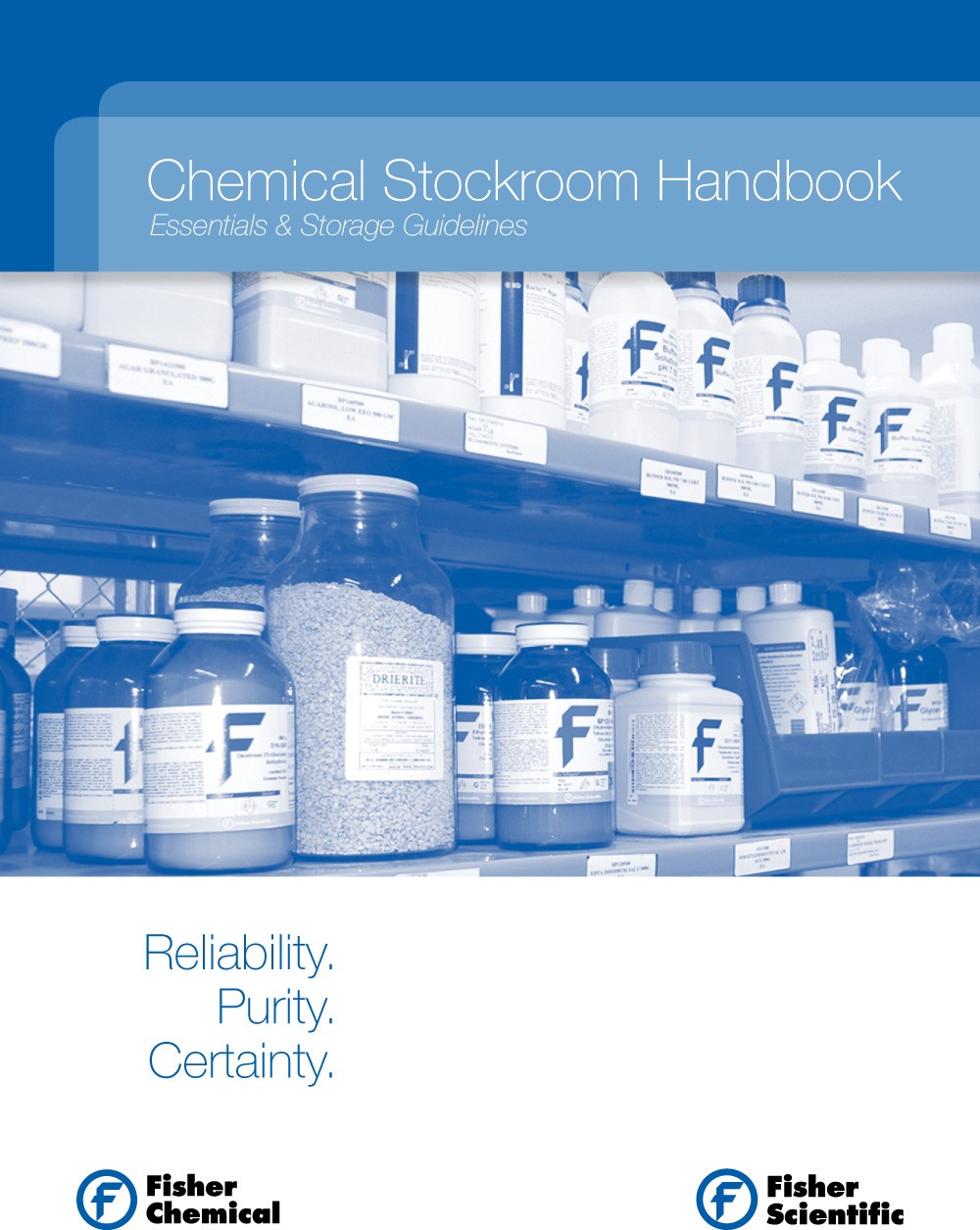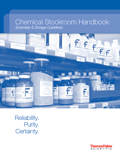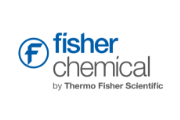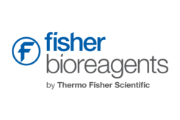Chemical Stockroom
Welcome, Chemical Stockroom Managers!
As the stockroom manager, you are charged with the safe handling of hazardous chemicals every single day. Your responsibilities are far-reaching, extending beyond the storeroom walls to lab personnel, building staff, campus residents and the environment. That's why the Fisher Scientific channel is pleased to offer these tools just for you. Here, you'll find storage recommendations, chemical compatibility charts and a look at our most popular product essentials to accommodate various research applications undertaken by your institution.
We Have What You Need to Stock Up
Fisher Chemical Stockroom Essentials for Research and Productivity
Chemicals should react in the lab, not in the stockroom. The inadvertent mixing of inventory can produce toxic vapor/gas, fire or explosion. Stay safe in the storeroom; adhere to the following prescribed precautions and consult the chemical compatibility tables (below) for caustic combinations. For product-specific information, refer to the Safety Data Sheet (SDS) search tool.
To stay competitive in scientific research, pharmaceuticals and other chemical production fields, you need the best reagents. The Fisher Chemical™ brand has you covered.
The link below will take you to solvents in six application-specific grades, bioreagents for all phases of biochemistry, and fine chemicals packaged for protection from air and moisture.
Browse Chemical Stockroom Essentials
For reference, this information can be found on page 11 of the Chemical Stockroom Handbook.
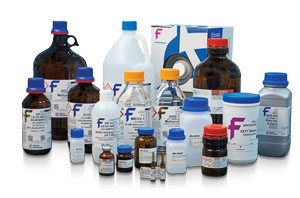
General Guidelines
- Protect eyes and skin: lab safety glasses with side shields, lab coats and closed-toe shoes must be worn for basic personal protection
- Safely space shelves and racks to accommodate the upright removal of the largest chemical container; prevent tipping and dripping with adequate clearance
Other Resources
Fisherbrand™ Products
More than 10,000 budget-friendly products built on the guiding principle to provide quality, reliability and value.
Browse Fisherbrand Lab Essentials
Globally Harmonized System
When it comes to chemical hazards, are you protecting what matters most in your facility? The Fisher Scientific channel can help.
Learn More
Acids and Bases
Isolate acids:
- From reactive metals, including sodium, potassium and magnesium
- From sodium cyanide, iron sulfide, calcium carbide and other compounds that can react to produce toxic fumes/gases
Flammable and Combustible Liquids
- Store flammable and combustible liquids away from oxidizers and heat producers
- House flammable and combustible liquids in excess of 10 gallons (per room) in approved flammable storage cabinets (under the hood or stand-alone); limit liquids in secondary containers (i.e., squeeze bottles) to 10 gallons or less
Hazard Information
GHS = Globally Harmonized System of Classification and Labeling
Created by the UN, the GHS was designed to create a universal standard that would replace the multiple and diverse chemical classifications systems used across the globe. OSHA has revised its Hazard Communication Standard (HCS) to align with the GHS, which uses pictogram symbols to represent the different types of hazards.
Learn More About GHS Hazard Symbols
NFPA Hazard Code Ratings
The National Fire Protection Association (NFPA) has developed a numerical rating system that reflects the health, flammability, self-reactivity and other hazards of materials, including reaction with water, as specified in NFPA 704, Standard System for the Identification of the Hazards of Materials for Emergency Response. Potential hazards are evaluated based on the degree of hazard, and the numerical rating is placed inside the universal NFPA symbol.
ChemAlert Guide
The ChemAlert Storage Guide is a color-coded system that provides information about storage requirements based on various safety factors. The recommended ChemAlert storage color (category) is shown on the product label and matches the band at the bottom of the FisherLOCK™ cap. Combine the ChemAlert guide, NFPA and GHS indicators, and the product SDS (scanned from the QR code) to create a complete profile of critical safety information for chemical handling and storage.
The storage code is also spelled out for clarification:

Red (R): Flammable. Store in area segregated for flammable reagents.

Blue (B): Health hazard. Toxic if inhaled, ingested or absorbed through skin. Store in secure area.

Yellow (Y): Reactive and oxidizing reagents. May react violently with air, water or other substances. Store away from flammable and combustible materials.

White (W): Corrosive. May harm skin, eyes, mucous membrane. Store away from red-, yellow- and blue-coded reagents.

Gray (G): Presents no more than moderate hazard in any of the categories above. For general chemical storage.
Exception: Reagent incompatible with other reagents of the same color bar. Store separately.
NOTE: ChemAlert is a guide only. It should be supplemented by reading the rest of the label (which provides detailed instructions in the event of accidental exposure, spill or fire, and applicable GHS, OSHA, DOT and ANSI* data), the appropriate Safety Data Sheet (SDS) and standard references.
Compliant with all applicable government regulations, our packaging solutions are designed to keep you safe, preserve the integrity of your chemicals, protect the environment, and provide convenient handling and storage.
Designed for Your Safety
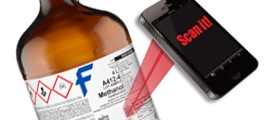
Safety Info via QR Codes
React quickly to safety issues with Fisher Chemical QR codes. Scan the QR code on the label with a smartphone or tablet for instant access to product SDS and CofA.
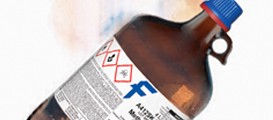
Safe-Cote™ Protects You and Your Chemicals
Used for certain solvents and acids, these plastic-coated glass bottles can temporarily contain residual chemical and broken glass if the bottle breaks accidentally, protecting employees and the laboratory environment.
Fisher Chemical Stockroom Handbook
Within the handbook, you’ll find storage recommendations, chemical compatibility charts and recommended essential products to stock to accommodate various research applications.
- Fisher Chemical Stockroom Handbook (5.3 MB)
Fisher Chemical NFPA Hazard Code Flier
Review the numerical rating system that reflects the health, flammability, self-reactivity and other hazards of materials.




